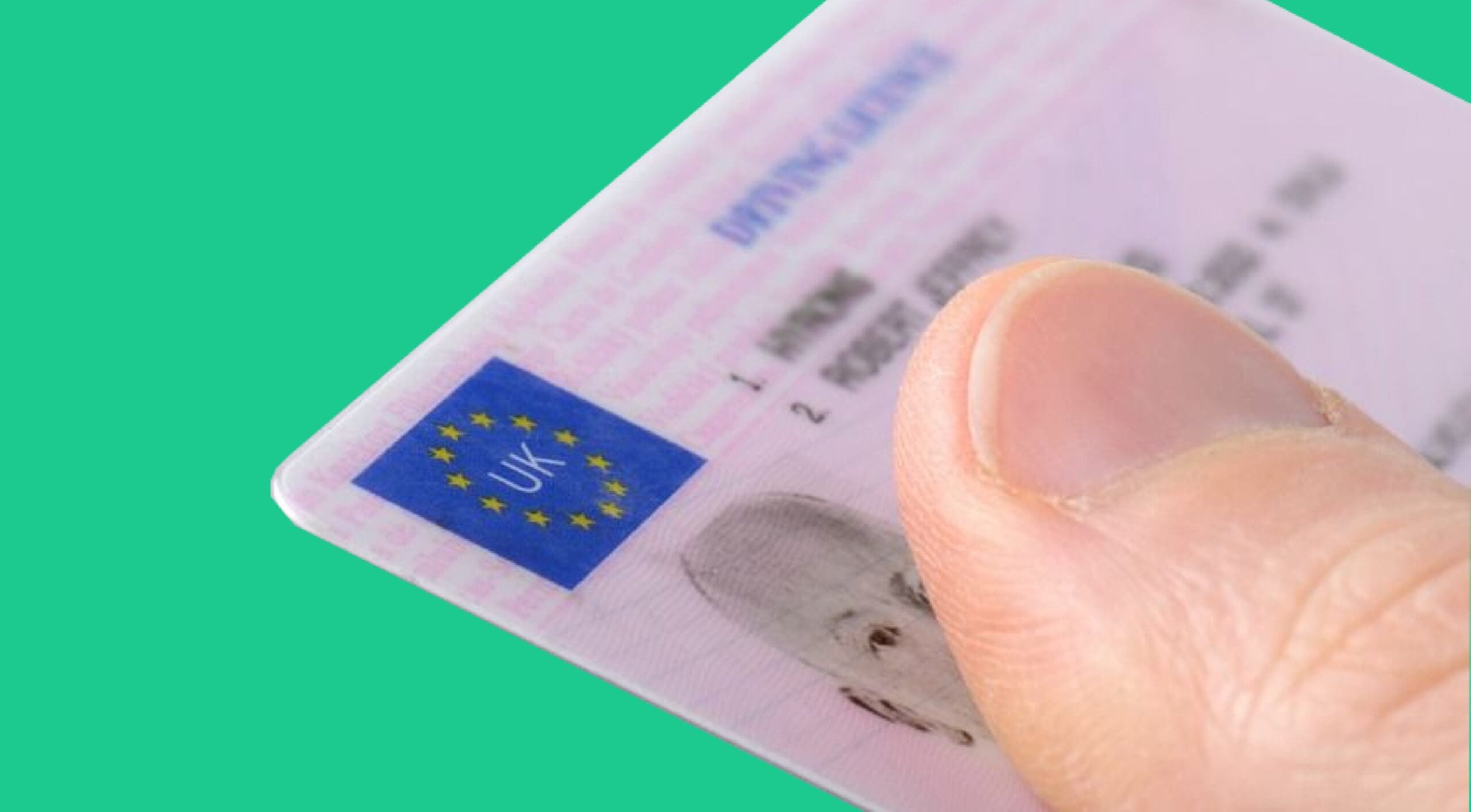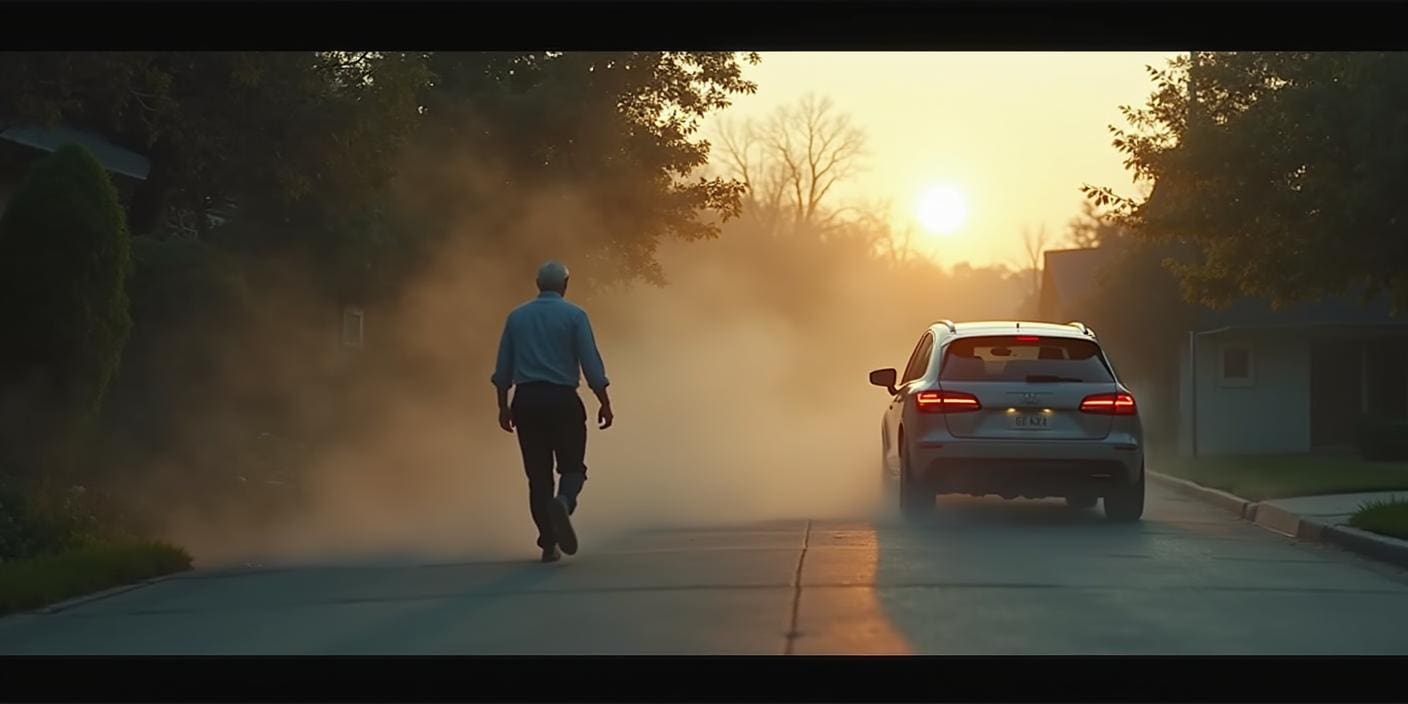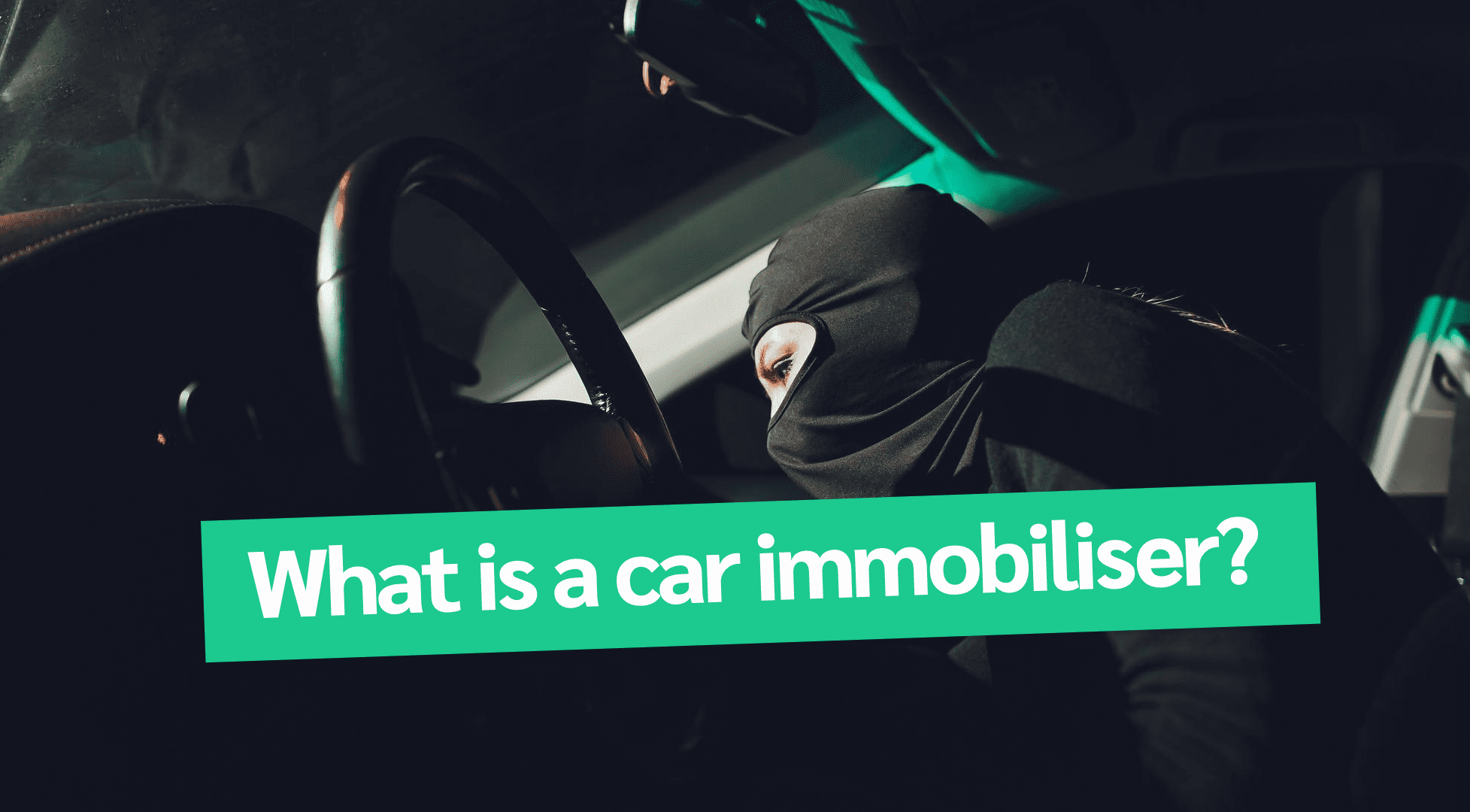Ever found yourself squinting at your UK driving licence, wondering what all those numbers, codes, and categories mean? Well, you’re in luck because we’re diving deep into the nitty-gritty of what makes up your licence – both front and back – and making it as easy as pie.
Front and Centre: What’s on the Face of Your Licence?
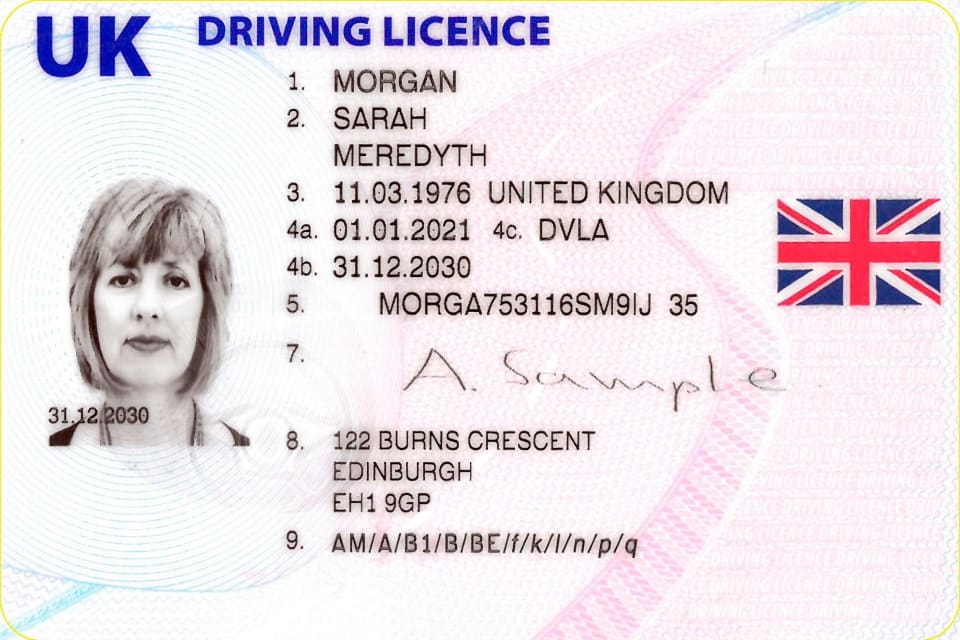
Your driving licence isn’t just a ticket to the open road; it’s also a mini-biography. From your mug shot to the expiry date, it’s packed with info. Here’s a breakdown of what you’re looking at:
- Your Full Name: Just in case you forget who you are.
- D.O.B and Place: Reminding you of your roots.
- Licence Dates: When you became road-legal and when you need to renew.
- Issuing Authority: Likely the DVLA, unless you’re part of a secret driving club we don’t know about.
- Your Unique Driving Number: A cryptic mix of your surname, birth date, and some DVLA magic.
- Your Signature: The scribble that makes it official.
- Your Address: Where to send your birthday cards (or speeding tickets).
- Vehicle Categories: What you can drive without getting in hot water.
Flipping Over: The Back of Your Licence Decoded
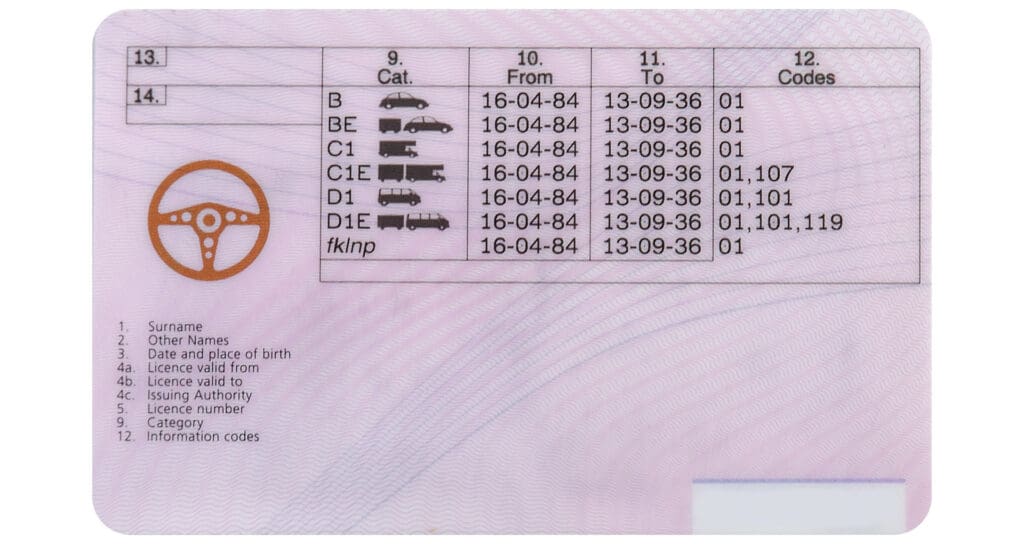
The back of your licence is where things get really interesting, with a matrix of categories and codes that sounds like secret agent stuff.
Categories Galore!
Ever wondered if you’re legally allowed to drive a tractor or a tank? The back of your licence tells you exactly that. From mopeds to monster trucks, each category has its own code.
Those Mysterious Codes
Not just for vehicles, these codes include conditions like needing glasses to drive or being an organ donor. It’s like a little cheat sheet for the police and rental car companies.
Driving Categories: A Closer Look
The categories on the back of your licence are more than just letters and numbers – they’re your passport to driving different types of vehicles. Here’s what each one means:
- AM (‘q’ proper to 2013): This lets you ride mopeds with a speed range of 15-28mph and light quadricycles with the same speed limit and a weight under 350kg.
- A1: Allows you to handle motorcycles with a capacity under 125cc and power not exceeding 11kW (15hp).
- A2: For motorcycles with a power limit of 35kW (47.6hp) and no more.
- A: The green light to ride motorcycles with a power exceeding 35kW.
- B: This one’s for cars (and light vans) under 3,500kg and can include towing, depending on when you passed your test.
- B1: Four-wheeled light vehicles not heavier than 550kg.
- BE: Cars with trailers attached.
- C1: Medium-sized vehicles between 3,500kg and 7,500kg, with up to eight passengers.
- C1E: Medium-sized vehicles with trailers.
- C: Large goods vehicles over 3,500kg.
- CE: Large goods vehicles with trailers.
- D1: Minibuses no longer than 8 metres and with a maximum of 16 seats.
- D: Buses with more than eight seats.
- D1E: Minibuses with trailers over 750kg.
- DE: Buses with trailers over 750kg.
- f: Agricultural tractors.
- g: Roadrollers.
- h: Tracked vehicles.
- k: Ride-on mowers and pedestrian-controlled vehicles.
Those Extra Special Codes
The codes on your licence are crucial; they detail any restrictions or requirements you have. Let’s decode them:
- 01: Eyesight correction, like glasses or contact lenses.
- 02: Hearing/communication aid.
- 10: Modified transmission.
- 15: Modified clutch.
- 20: Modified braking systems.
- 25: Modified accelerator systems.
- 30: Combined braking and accelerator systems (for licences issued before 28 November 2016).
- 31: Pedal adaptations and pedal safeguards.
- 32: Combined service brake and accelerator systems.
- 33: Combined service brake, accelerator, and steering systems.
- 35: Modified control layouts.
- 40: Modified steering.
- 42: Modified rear-view mirror(s).
- 43: Modified driving seats.
- 44: Modifications to motorbikes, including adapted brakes, accelerators, manual transmission, rear-view mirrors, commands, seat height, foot rest, and hand grip.
- 45: Motorbikes only with sidecar.
- 46: Tricycles only (for licences issued before 29 June 2014).
- 70: Exchange of licence.
- 71: Duplicate of licence.
- 78: Restricted to vehicles with automatic transmission.
- 79: Restricted to vehicles conforming with the specifications on your licence.
- 96: Allowed to drive a vehicle and trailer combo within a specific weight range.
- 97: Not allowed to drive category C1 vehicles requiring a tachograph.
- 101: Not for hire or reward.
- 102: Drawbar trailers only.
- 103: Subject to certificate of competence.
- 105: Vehicle not more than 5.5 metres long.
- 106: Restricted to vehicles with automatic transmissions.
- 107: Not more than 8,250 kilograms.
- 108: Subject to minimum age requirements.
- 110: Limited to transporting persons with restricted mobility.
- 111: Limited to 16 passenger seats.
- 113-114: Various adjustments for safe driving.
- 115: Organ donor.
- 118-122: Various restrictions and qualifications.
- 125: Tricycles only (for licences issued before 29 June 2014).
Each category and code has its own story, shaping what you can drive and any conditions you need to meet. Understanding these can ensure you’re always on the right side of the law and fully aware of your driving capabilities. Safe travels!
FAQs: Your Licence Questions Answered
- Where’s my driving licence number? Front and centre under section 5.
- And the issue number? Right next to your licence number, playing hard to get.
- What type of licence do I hold? Pink for full, green for provisional.
- Can I still use my paper licence? If it predates the year 2000 and you haven’t changed your name or address, you’re all good.
So, there you have it – a whistle-stop tour of your UK driving licence, decoded. Whether you’re a new driver or a seasoned pro, it’s always handy to know exactly what your licence says about your roadworthy credentials. Remember, driving is a privilege, not a right, so keep that licence in tip-top shape!

